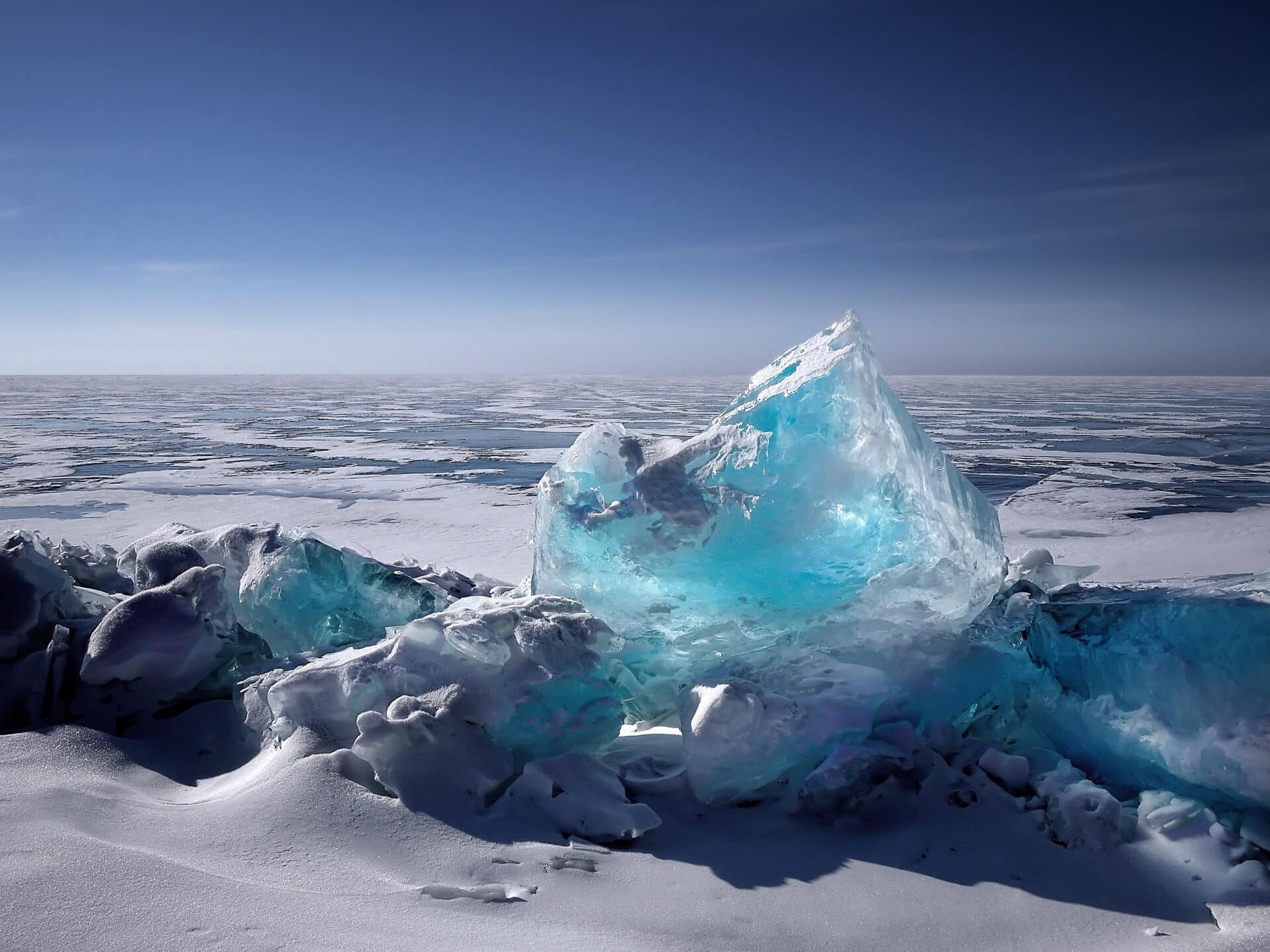Distilled water is a type of purified water that has gone through a process of distillation. This process involves boiling the water and then condensing the steam into a clean container. Distilled water has been stripped of all minerals, making it very pure. The question of whether distilled water is polar or nonpolar is an important one for those who use it for scientific purposes. The answer depends on the type of molecules present in the distilled water, as well as its temperature and pressure.Distilled water is a polar molecule because the oxygen atom has a partial negative charge and the hydrogen atoms have partial positive charges.
Molecular Structure of Distilled Water
Distilled water is a type of water that has been purified through a distillation process in order to remove impurities. In its purest form, it is composed of two hydrogen atoms and one oxygen atom, forming the H2O molecule. The molecules in distilled water are held together by hydrogen bonds, which are weak attractions between molecules that are created when the partial positive charge of one molecule is attracted to the partial negative charge of another molecule. This bond enables distilled water molecules to form clusters instead of remaining in an individual state.
The structure of a single H2O molecule is fairly simple, with two hydrogen atoms bonded to an oxygen atom at around 104 degrees angle. The oxygen atom has a slightly negative charge, while the hydrogen atoms have a slightly positive charge. This creates an uneven distribution of charge that attracts other molecules, allowing them to form clusters with other H2O molecules.
It’s important to note that distilled water contains no ions and therefore has no electrical conductivity. This makes it ideal for use in industrial processes where impurities such as ions can cause interference or damage equipment. It also makes it safe for drinking as it contains no contaminants or minerals that could be harmful when ingested.
Overall, distilled water is composed of simple H2O molecules held together by weak hydrogen bonds and arranged in clusters due to their uneven distribution of charge. Its lack of ions makes it ideal for many applications such as industrial processes and drinking purposes.
Polar and Nonpolar Molecules
The type of bond in a molecule determines whether the molecule is polar or nonpolar. Polar molecules have bonds between atoms of different electronegativity, creating an electric dipole moment. The difference in electronegativity between two atoms forms an electric field, which causes the electrons to be unequally distributed in the molecule. This results in one side of the molecule having a positive charge and the other side having a negative charge. Examples of polar molecules include water (H2O), ammonia (NH3), and sulfur dioxide (SO2).
Nonpolar molecules have bonds between atoms of equal electronegativity, so there is no electric dipole moment. These molecules do not have any unevenly distributed charges, so they are electrically neutral. Examples of nonpolar molecules include carbon dioxide (CO2), methane (CH4), and nitrogen gas (N2).
Polar and nonpolar molecules can be distinguished by their boiling points. Polar molecules tend to have higher boiling points than nonpolar molecules because they are held together by strong intermolecular forces such as hydrogen bonding or dipole-dipole interactions. Nonpolar molecules do not have these strong intermolecular forces, so they tend to have lower boiling points than polar molecules.
The solubility of polar and nonpolar molecules also differs significantly. Polar molecules are more soluble in polar solvents like water because the electric dipoles interact with each other, forming stronger attractions than those formed between nonpolar molecules and polar solvents. Conversely, nonpolar molecules are more soluble in nonpolar solvents such as gasoline or hexane because there is no electric dipole interaction between them and the solvent.
In conclusion, it is important to understand the differences between polar and nonpolar molecules when studying chemistry. Knowing whether a molecule is polar or nonpolar can help us predict its properties such as its boiling point, solubility, and reactivity with other compounds.
Dipole Moment of Distilled Water
The dipole moment of distilled water is an important physical property that affects the behavior of water molecules. It is a measure of the polarity of the water molecule, which is a direct result of the arrangement of hydrogen and oxygen atoms in the molecule. The dipole moment is expressed as a vector quantity and is measured in debye units (D). The magnitude of the dipole moment is related to the strength of intermolecular attractions between neighboring molecules.
The dipole moment of distilled water can be determined by measuring the electric field created by an array of electrodes placed near a sample of distilled water. The electric field generated by an electrode array will cause a separation between positive and negative charges inside the sample, creating a dipole moment. This measurement can be used to calculate the polarity and strength of intermolecular attractions in distilled water.
The dipole moment of distilled water can also be determined using spectroscopic methods such as infrared or Raman spectroscopy. These techniques measure how different frequencies are absorbed or scattered when light passes through a sample. By measuring these differences, it is possible to calculate how much energy each molecule has and its associated dipole moment.
The dipole moment of distilled water plays an important role in determining its physical properties, such as boiling point, surface tension, solubility and viscosity. Knowing this value can be useful for optimizing industrial processes that involve working with this liquid, such as distillation or filtration processes. It can also help researchers better understand how different types of molecules interact with each other in solution or other environments.
Hydrogen Bonding in Distilled Water
Hydrogen bonding is a type of intermolecular force that is present between molecules and atoms. In the case of distilled water, hydrogen bonding occurs between the molecules of water, which are made up of two hydrogen atoms and one oxygen atom. This type of bond is much stronger than other types of bonds, such as Van der Waals forces, and can be seen in a variety of different processes. For example, hydrogen bonding allows for the formation of ice crystals when water freezes. It also allows for the formation of surface tension on the surface of liquid water. Additionally, hydrogen bonding plays an important role in temperature regulation within organisms as it allows for heat to be transferred from one molecule to another. Hydrogen bonds also help maintain the structure and integrity of proteins and other biological molecules. Therefore, it can be seen that hydrogen bonding plays an important role in many aspects related to distilled water.

Intermolecular Forces in Distilled Water
Distilled water is composed of H2O molecules held together by intermolecular forces. These forces are attractive, but they are much weaker than the intramolecular bonds that hold the atoms together in a single water molecule. The main types of intermolecular forces in distilled water are hydrogen bonds and dipole-dipole interactions.
Hydrogen bonds form when the hydrogen atom of one water molecule is attracted to the oxygen atom of another water molecule. This creates an electrostatic attraction which helps to hold the molecules together. Hydrogen bonds are much stronger than other types of intermolecular forces, so they play a major role in stabilizing the structure of distilled water.
Dipole-dipole interactions occur between two molecules that have a permanent dipole moment, such as H2O. The positive end of one molecule will be attracted to the negative end of another molecule, resulting in an electrostatic attraction between them. This type of force is weaker than hydrogen bonding but still contributes to the stability and structure of distilled water.
The intermolecular forces present in distilled water also help to lower its surface tension and give it its high boiling point. When these forces act on a drop of distilled water, they cause it to form a spherical shape with a high surface tension because each molecule is trying to minimize its contact with other molecules by forming as tight a bond as possible. This makes it difficult for the drop to be disturbed or broken apart, which explains why distilled water has such a high boiling point.
In conclusion, intermolecular forces play an important role in determining many physical properties of distilled water, such as its surface tension and boiling point. Hydrogen bonding and dipole-dipole interactions are the main types of intermolecular forces present in this type of liquid, and they help to stabilize its structure and give it its unique properties.
Reactivity of Polar and Nonpolar Molecules
The reactivity of molecules is determined by their polarity. Polar molecules contain an uneven distribution of electrons, while nonpolar molecules have an even distribution. These differences in polarity affect the ability of molecules to interact with one another. Polar molecules are more likely to form hydrogen bonds, which are strong attractions between two molecules due to the uneven distribution of electrons. This makes them more reactive than nonpolar molecules, which cannot form hydrogen bonds and generally have less attraction between them.
Polar molecules have a greater tendency to dissolve in polar solvents, such as water, while nonpolar molecules are more likely to dissolve in nonpolar solvents such as oil. This is because polar solvents can interact with the unevenly distributed electrons on the polar molecule, forming hydrogen bonds and allowing for dissolution. Nonpolar solvents cannot form these bonds and therefore cannot dissolve polar molecules.
In addition, the reactivity of a molecule is also affected by its size and shape. Larger molecules tend to be less reactive because they have further-reaching electron clouds that make it difficult for other molecules to interact with them. Similarly, asymmetrical or irregularly shaped molecules can be less reactive than symmetrical ones because they have a less organized structure that makes it harder for other molecules to interact with them effectively.
Overall, the reactivity of a molecule is determined by its polarity as well as its size and shape. Polar molecules tend to be more reactive than nonpolar ones due to their ability to form hydrogen bonds with other polar molecules. The size and shape of a molecule also affect its reactivity by influencing how easily other particles can interact with it.
Applications of Polar Molecules
Polar molecules are often used in various applications due to their unique properties. One of the most common uses is in solvents, which are used to dissolve other substances and separate them out. Polar molecules are also used in electrolytes, as they can hold onto ions, making them effective for carrying electrical current. Polar molecules can also be used as surfactants, which help reduce the surface tension of water and allow it to spread over surfaces more easily. Finally, polar molecules are often used as lubricants to reduce friction between objects and provide a slippery surface for easier movement.
Applications of Nonpolar Molecules
Nonpolar molecules are also commonly used in various applications. They usually have higher boiling points than polar molecules, making them ideal for use in petroleum-based products such as plastics and motor oils. Nonpolar molecules can also form protective layers over surfaces to prevent water from penetrating through. Nonpolar molecules are also often found in electronic components, such as transistors and capacitors, where they help control the flow of current. Finally, nonpolar molecules can be used as solvents for compounds that don’t dissolve well in polar solvents.

Conclusion
The answer to the question of whether distilled water is polar or nonpolar is that it is neither; it is a neutral molecule. This is because the two hydrogen atoms in distilled water have no net charge, making them equally attracted to the oxygen atom. The bonds in this molecule are all nonpolar covalent bonds, as the electrons are shared equally between atoms. Consequently, distilled water is not classified as polar or nonpolar.
In conclusion, distilled water can be thought of as a unique type of molecule with its own properties. Although the two hydrogen atoms and oxygen atom in this molecule are arranged symmetrically and there are no net charges, it still has properties that make it different from other molecules such as surface tension and freezing point. Therefore, based on its structure and properties, it can be categorized neither as polar nor nonpolar.

